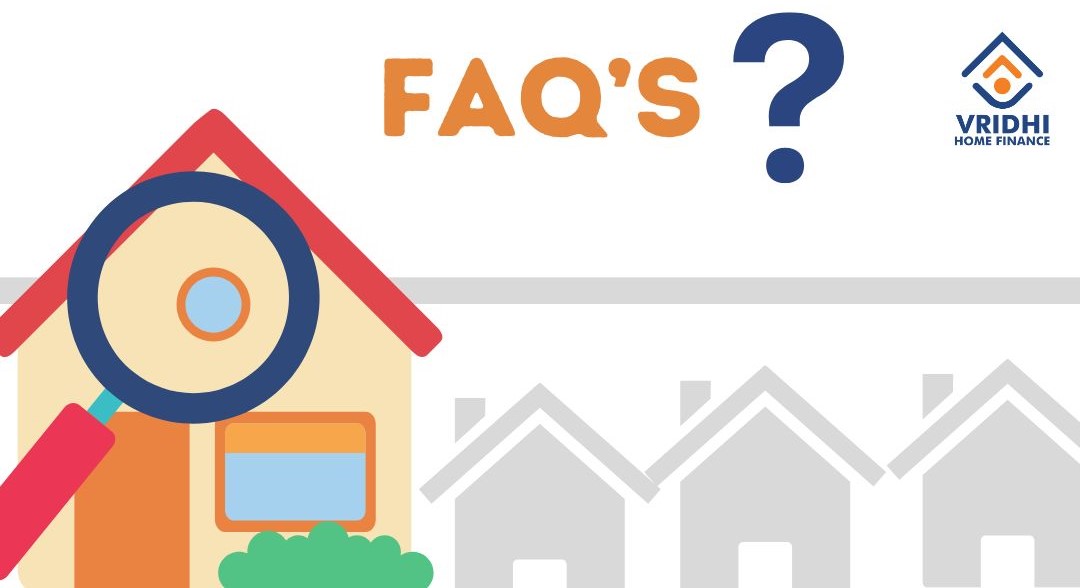CERSAI Charges on the Home Loan: What You Need to Know
When taking a home loan, there are several costs associated with the borrowing process that may not be immediately obvious to borrowers. One such cost is the CERSAI charges. In this article, we will break down what CERSAI charges are, why they are applied to home loans, and how they benefit both lenders and borrowers. Understanding these charges can help you make more informed decisions when applying for a home loan.
What is CERSAI?
Understanding CERSAI
CERSAI, short for the Central Registry of Securitization Asset Reconstruction and Security Interest of India, is a government-backed central repository. It was established in 2011 to prevent the practice of multiple lending against the same property by different financial institutions. This registry ensures that lenders can verify whether the property being offered as collateral has already been mortgaged or if there are any outstanding loans against it.
CERSAI plays a critical role in safeguarding both lenders and borrowers by maintaining transparency in property-related lending transactions. Each time a lender grants a home loan, the details of the loan and the mortgaged property are registered with CERSAI to avoid any potential fraud.
Explore More: TDS on property purchase ?

Why Are CERSAI Charges Applied?
CERSAI charges are levied by the lender to cover the cost of registering the loan and property details with the CERSAI registry. These charges are applied to all secured loans, including home loans, where a property is being mortgaged. The amount charged is generally nominal, but it ensures that the property details are recorded in the national database.
The CERSAI system ensures that lenders have access to accurate information about a property’s loan status before approving a mortgage. This minimizes the risk of fraud and duplicate loans, making it a vital part of the lending process.
How Much Are CERSAI Charges on a Home Loan?
CERSAI Charges Breakdown
The charges for CERSAI registration on a home loan are typically very minimal. Currently, the charges are categorized based on the loan amount:
- For loans up to ₹5 lakh, the CERSAI charge is ₹50 plus GST.
- For loans exceeding ₹5 lakh, the CERSAI charge is ₹100 plus GST.
In addition to the basic registration fee, there may be additional charges for any modifications or updates that need to be made to the registered information during the loan tenure. These charges are also quite nominal but ensure that any changes, such as loan transfers or property updates, are properly documented in the CERSAI system.
When Are CERSAI Charges Collected?
Typically, the lender will collect the CERSAI charges at the time of loan disbursement. These charges are usually included in the processing fee or administrative costs that the borrower pays when the loan is sanctioned. Since the amount is relatively small, most borrowers may not notice this as a separate charge unless they review their loan documents in detail.
Explore more : Home Construction Loan ?

Benefits of CERSAI for Borrowers and Lenders
H4: How CERSAI Protects Borrowers
While CERSAI charges might seem like an additional cost, it serves an important purpose. By ensuring that a property is not mortgaged multiple times, CERSAI protects borrowers from unknowingly buying a property with an encumbrance. Before purchasing a property, buyers can request a CERSAI report to verify that there are no existing loans or disputes on the property. This offers peace of mind, knowing that the property is free of any legal or financial complications.
Additionally, the CERSAI system minimizes the chances of property-related fraud. Borrowers can trust that their loan transaction is secure and that no one else can use their property as collateral for a different loan without their knowledge.
H4: Why CERSAI is Important for Lenders
For lenders, the CERSAI system is crucial in mitigating risks. Before sanctioning a home loan, banks and financial institutions can check the CERSAI database to confirm that the property has not already been mortgaged. This system helps reduce non-performing assets (NPAs) and ensures that lenders are not financing properties with existing loans. It streamlines the loan approval process and allows financial institutions to focus on legitimate borrowers.
Conclusion: Why Understanding CERSAI Charges Matters
While CERSAI charges on a home loan may seem like a minor detail, they are part of a much larger system designed to protect both borrowers and lenders. These charges ensure transparency in property-related transactions and help maintain a clear record of all loans against a property.
Understanding CERSAI charges is important for anyone looking to take out a home loan, as it ensures that your loan is secure and that there are no hidden complications associated with the property. By keeping a detailed record of all mortgage-related activities, CERSAI helps reduce the risk of property fraud, making the home loan process safer for everyone involved.
In the end, whether you’re a first-time homebuyer or an experienced property investor, being aware of all the associated costs, including CERSAI charges, is crucial to managing your finances effectively.
Vridhi Home Finance provides a range of home loans tailored to meet your specific needs. Whether you’re purchasing your first home or refinancing an existing loan, Vridhi Home Finance has solutions designed to help you achieve your goals.


















